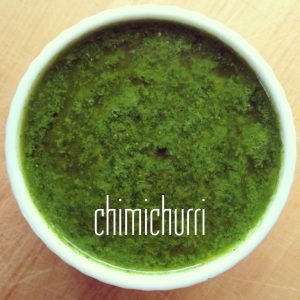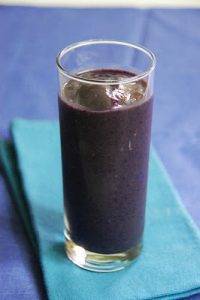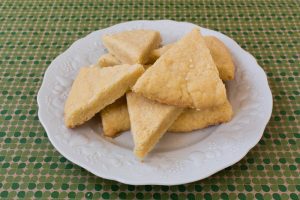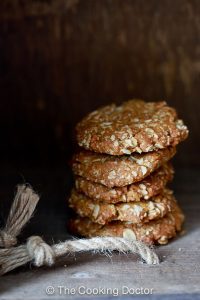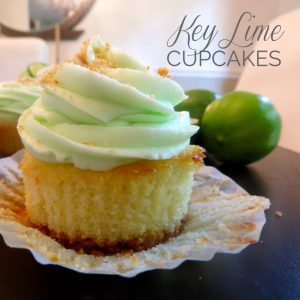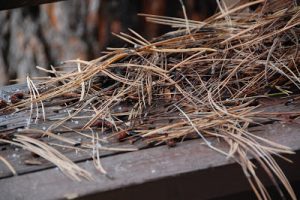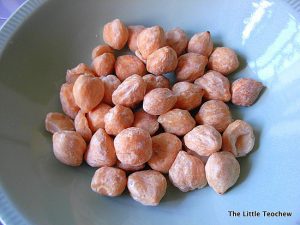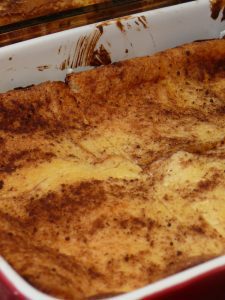Of all the cakes in the world, there are 2 that I have always been intrigued with. Both are wildly popular in Japan, and ironically have European origins. One is the Mont Blanc, the other the Castella.
Some months ago, the flogosphere was flooded with Castella Cakes. Every corner I turned, I would be confronted with a Castella, and before I knew it, I was helplessly sucked into the Castella craze. I was so enamoured by this Nagasaki honey cake that I read as much as I could before attempting to bake it.
There are many photos of Castella cakes online, but the one photo which stood out for me was this, taken fromWikipedia:
The moment I saw this photo, I lusted after the Castella like I would for a Gucci bag. These days though, I get more excited over groceries than Gucci. A sure sign of aging. But I digress. The photos you see below are from my fifth attempt at baking this cake. The previous 4 times, something would invariably go wrong. Either I ended up with a cake which was too dense, or had too many air bubbles, or which collapsed when cooled, or worse, was a combination of everything.
The bottomline was, there would be no cake to show and blog about. Taste-wise, it was lovely, but I just couldn’t bear to show the hideous photos of them. It would not do justice to this elegant cake.
Then I readEllie’s post about how she finally got her Candy Cane Macarons perfect on the fourth attempt, and it really struck a chord with me. I thought, I should just give the Castella one more try. And this time, the Castella fairies were with me in the kitchen. I finally produced a cake close enough to the Wikipedia photo. Thanks, Ellie! 🙂
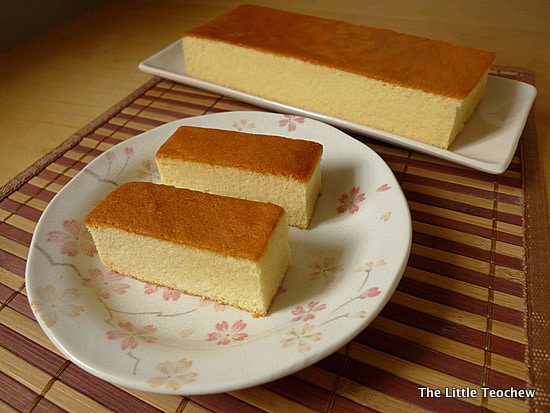
Like all things Japanese, the Castella cake is understated but oh-so-refined.
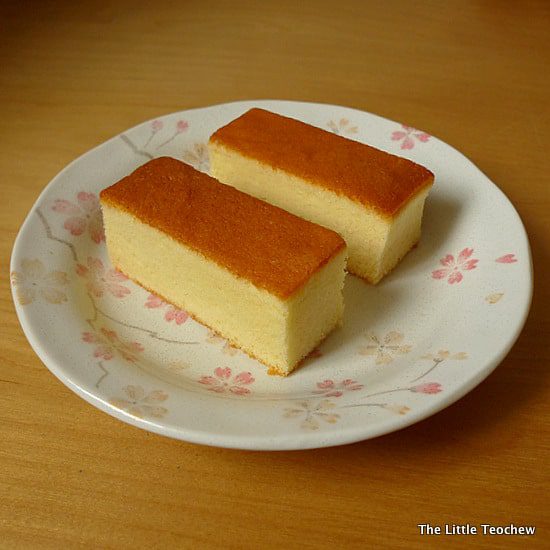
Make sure you use a very sharp knife to get these strong, bold lines. I just adore the minimalist, “zen” nature of this cake.
If you are attempting to bake this cake, I would highly recommend the recipe fromJust Hungry (which I used). It is by far the most authentic version I have come across. It is also very detailed, so please do read through carefully several times before you begin. One thing I can’t stress enough is this: to get those micro crumbs, you have to beat your eggs on low speed for a prolonged period of time. Low speed = smaller air bubbles. If you beat them on high, you will get a thick batter more quickly, but the down side is, the air bubbles will be bigger, and you won’t get that “poreless”, velvety look. Some things just come with patience and diligence, I suppose.
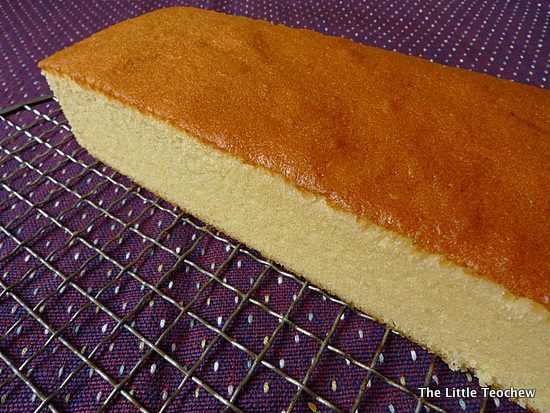
Micro crumbs!
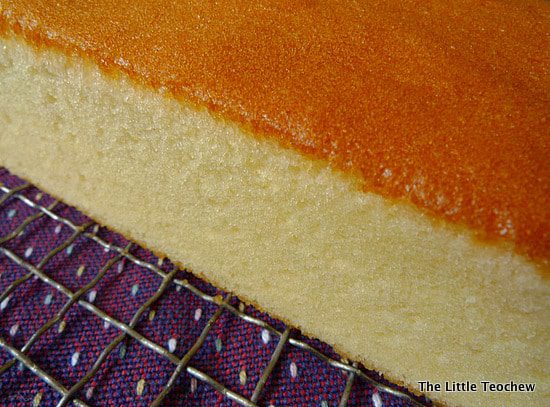
“What invisible pores you have, my dear!”
Now, if you have never successfully baked a simple butter or sponge cake, I would not recommend that you try this. The Castella cake is not your usual sponge cake. First of all, the recipe calls for bread flour (seehere and here), which contributes to its slightly bouncy, gelatinous bite.
Second, there are steps specific only to making this cake, like beating the eggs and sugar over a steam bath, and then wrapping the baked cake in a plastic bag overnight. Doesn’t sound like your regular sponge, does it?
My only diversion from the recipe was to skip the wrapping of the cake. Instead, after it had cooled on a wire rack, I put the entire thing back into the oven and left it to cool further overnight.
The next day, it dried out a little as expected. To get it moist and soft again, I did what my parents used to do whenever we had old bread – steam them. It always worked like magic 🙂 (Aside, I remember reading about a coffeeshop in Singapore which still serves steamed bread to go with your kopi-O. Certainly very old-school and traditional).
I cut my cake into slices and steamed them lightly for about 3 minutes, and I got soft, moist, warm Castella cake to enjoy. Oishii!
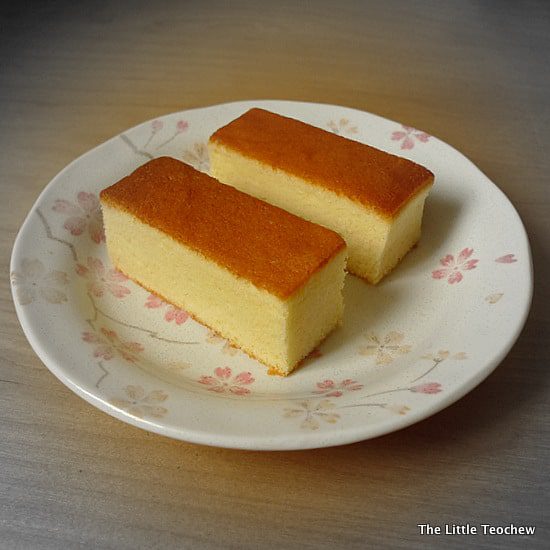
Final notes:
1. Recipe from Just Hungry. Ms Maki put in so much effort penning the recipe and method, I think it would be very wrong of me to just cut-and-paste her recipe here. Do take a look at her amazing, wonderful blog for the Castella cake (and more).
2. Watch this very fascinatingvideo of how Castella is made by hand in Japan (scroll to the video and click on play). I hope you enjoy watching it!




